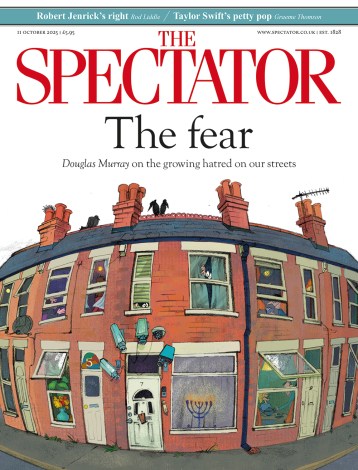Wasn’t Labour supposed to be tackling the scourge of insecure employment, doing away with exploitative zero hours contracts and giving employees protection against unfair dismissal from the first day they start their jobs? How odd then that so far it seems to have achieved the exact opposite. The latest labour market figures released by the Office for National Statistics this morning shows that the number of payrolled employees between June and August was 115,000 lower than in the same period last year. Over the latest quarter the fall was 31,000. An apparent rise of 10,000 payrolled positions in August seems to have been reversed in the provisional figures for September.
This follows what had been a period of strong growth in the labour market between 2021 and last summer. It is not hard to wonder what the culprit is. Employers warned that the rise in employers’ National Insurance Contributions (NICs) would cost jobs, and so it seems to have happened. But here is the thing: the loss of jobs only shows up in HMRC’s data for Pay As You Earn (PAYE), which the ONS uses to produce its payrolled employment figures. The alternative way of counting the number of people in work, the Labour Force Survey – which is a questionnaire sent to a sample of the UK population asking them if they are in work – suggests that employment has continued to rise since Keir Starmer’s government took office. In fact, it shows a sharp increase this year.
The number of payrolled employees between June and August was 115,000 lower than in the same period last year
In other words, it looks as if a significant number of people have been shifted from payrolled employment to casual employment. Employers have found a way of coping with higher NICs – they are having fewer people on the books but employing them in other ways, such as by turning to the self-employed to fill the gaps. This should not come as a surprise. The NIC changes were especially hard on employers who employ large numbers of part-time staff. The threshold at which employees became liable for employers’ NICs was lowered from £9,100 to £5,000. That is not so good for the people who voted Labour in the hope that their jobs would become secure.
It ought to be added that, with high net migration figures, the economy constantly needs to create more jobs to prevent unemployment and economic inactivity from rising as the working-age population expands. The unemployment rate in August was 4.8 per cent – a little higher than a year ago.
Today’s labour market figures also show that average earnings rose by 4.7 per cent in the year to August – or 5.0 per cent if you include bonuses. Public sector staff seem to have done especially well, with average earnings rising by 6.0 per cent – although the ONS suggests this might partly be down to some public sector pay rises being awarded earlier in 2025 than in 2024, with the result that some workers have had two pay rises over the past 12 months. Given that the Consumer Prices Index (CPI) currently stands at 3.8 per cent, these figures represent a real-terms rise.
At another time, strong pay rises might be good news, but at a time when productivity is static they will cause some alarm at the Bank of England. A society cannot grow richer simply by paying itself more. If it is not also producing more, then the inevitable result will be inflation. CPI is already nearly twice the Bank of England’s target, and once again it looks as if the Bank may have been caught on the back foot by cutting its base rate to 4 per cent in August. It made a similar miscalculation in 2021 when it held down interest rates seemingly oblivious to the inflationary pressures. The result then was that rates eventually had to rise more sharply than they would have done had the Bank been more on the ball. If Rachel Reeves is not kept awake at night worrying about a repeat of that situation, she must be taking an extra-strong mug of Horlicks before she goes to bed.








Comments